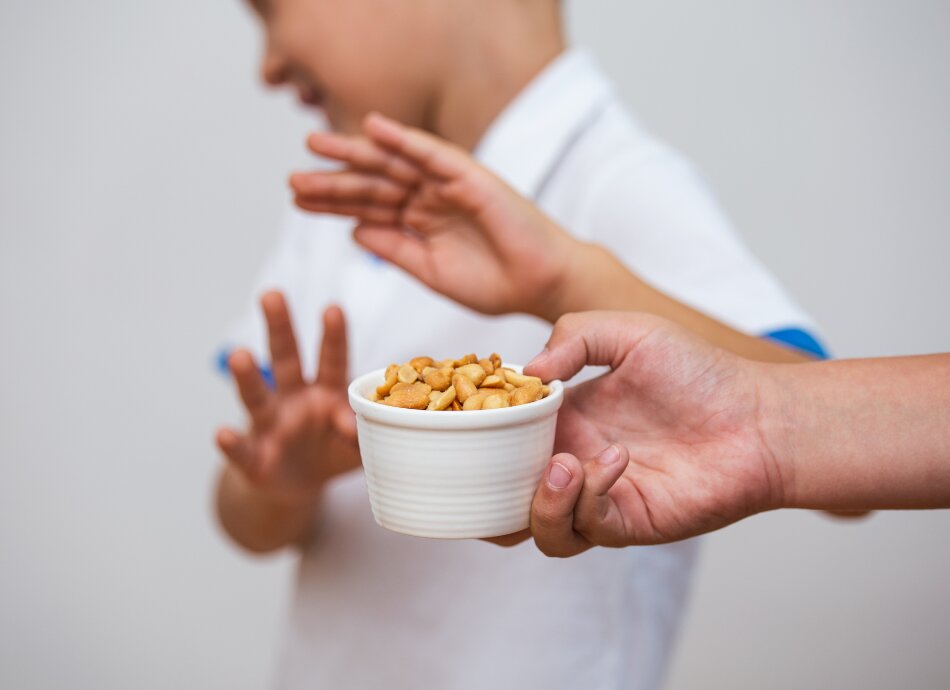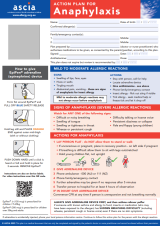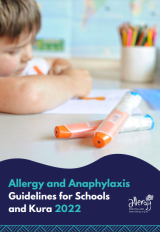If an infant or young child has had a severe reaction, they should be treated in an emergency department. On discharge, the doctor will refer the infant or child back to their healthcare provider for follow up. This may include arranging tests and a referral to the paediatric service at your local hospital.
Your doctor or nurse practitioner should also provide parents/carers with a signed ASCIA Allergy (green) or Anaphylaxis (red) Action Plan and if a particular allergen (or food) is suspected to have caused the reaction, they should give advice about how to avoid it.
If you think you or your child has a food allergy, the first step is to see your healthcare provider. It's important to get a reliable diagnosis of food allergy before restricting a particular food in your or your child’s diet as this can affect their growth and development.
An experienced GP, nurse practitioner, paediatrician or allergy dietitian will take a history of reactions, do an examination and possibly arrange for allergy tests.
A diagnosis will be based on clinical history, such as:
- the food eaten
- whether this has previously been tolerated
- what sort of symptoms (eg, a rash or sore tummy) have happened, and
- how long after the food was eaten the symptoms developed.
If necessary, your healthcare provider may refer you for skin prick testing or order blood tests for allergen specific Immunoglobulin E (antibodies) to help to identify or exclude potential food allergy triggers. Sometimes a medically supervised food allergen challenge is done to confirm or exclude food allergy.









